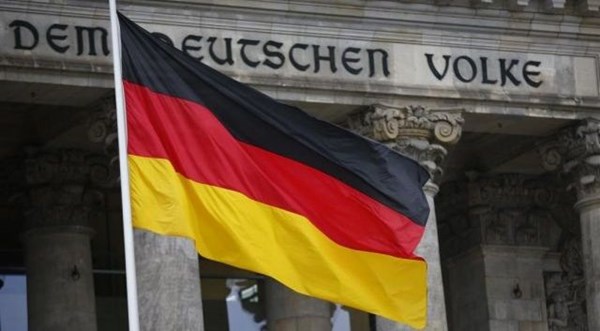Germany's new military strategy identifies Russia as 'existential risk', predicts possible NATO confrontation by 2029
In a significant shift outlined in the newly updated "Military Strategy of the German Armed Forces," Germany has now flagged Russia as a source of "existential risks," according to a report from Der Spiegel.
Crafted over 18 months by military officials and experts, the strategy delivers a sobering threat analysis suggesting a possible direct military confrontation between Russia and NATO by 2029. As reported by Der Spiegel, this foreboding scenario is compounded by Russia’s military expansion tactics.
Experts cite Russian President Vladimir Putin’s agenda of building the military force up to 1.5 million troops by 2026 as a pivotal factor. The strategy document underscores Russia’s efforts to enhance combat skill through maneuvers in regions such as Chechnya, Syria, and presently Ukraine. This strategic stance is detailed by the dossier’s authors.
Transitioning to a wartime economic framework, Russia seems to be "steadily gaining a military upper hand" over Europe's defense forces, warn the experts. The Kremlin is reportedly "adapting its industrial and leadership structures for an extensive conflict with NATO toward the decade's end," concludes the strategy.
Amid these tensions, the western arms buildup along NATO's edges heightens the "existential risk" faced by Germany. The strategy posits that only by bolstering military and society-wide capabilities can the threat be mitigated. In response, bolstering the Bundeswehr is expected to emerge as a pivotal political and social intent in the forthcoming years.
As NATO reckons with these risk assessments from Russia, talks surface about elevating defense spending to 5% of GDP. This calculation allocates at least 3.5% to defense and another 1.5% to associated infrastructure. For Germany, a 3.5% contribution signifies a leap in its defense budget from 52 billion euros in 2024 to beyond 150 billion euros, Der Spiegel reports.
